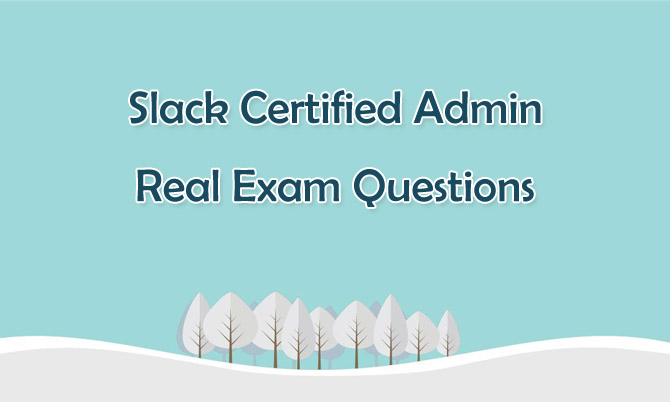1.The Operations team at Fire Extinguishers Ltd has recently launched Slack and wants to better collaborate when internal alerting systems notify them of a failure. In the past, it was difficult to identify where the alert was coming from and who was responding. Sometimes, the team even missed the alerts. The Operations team and the Security team both have alerting set up with popular software tools, and the alerts get sent to multiple, unrelated teams. What should Fire Extinguishers Ltd do to centralize their alerting identification and response?
A. Build custom apps for all the popular tools that send the alerts to one channel.
B. Install apps from the Slack App Directory for the tools they use, and have the apps post alerts in a #alerts- all channel for the relevant teams to monitor.
C. Set up Slackbot custom responses to trigger when the word "alert" or "failure" is used in Slack.
D. Send an announcement to the company reminding them to be more responsive when receiving alerts.
Answer: A
2.A few months ago, a team of developers at Blue Inc identified a new issue during testing and created a public channel called #bug-cricket to communicate about the issue. After some casual conversation back and forth in the channel, the team discovered that a problem with the old architecture caused this bug. They may need to reference the history in the future. Of note, there has not been any new activity in #bug-cricket for months, and the bug case has been closed. What should the team do with #bug-cricket?
A. Convert the channel to private, and then archive it; members of the channel will retain access to the files.
B. Remove all members from the channel, and then archive it; this way, members can find messages via search but will not be able to browse the channel history itself.
C. Delete the channel; messages from a deleted channel are still available via search.
D. Archive the public channel; anyone can still browse the conversation history in Slack, and messages will appear in search results.
Answer: D
3.Which of the following statements describes the effect of configuring mandatory Two Factor authentication (2FA) in Slack?
A. Members must use a biometric reader to authenticate with Slack.
B. Members must submit a verification code along with their password each time they sign in.
C. Members use single sign-on (SSO) to handle the exchange of usernames and passwords on behalf of Slack.
D. Members must have a sophisticated and complex password that is updated regularly.
Answer: B
